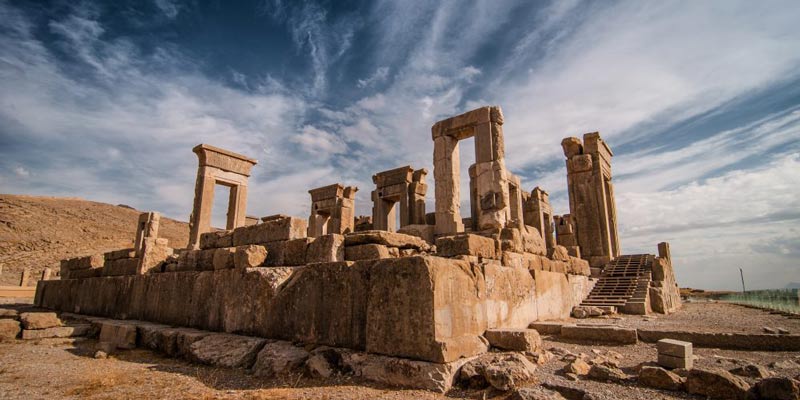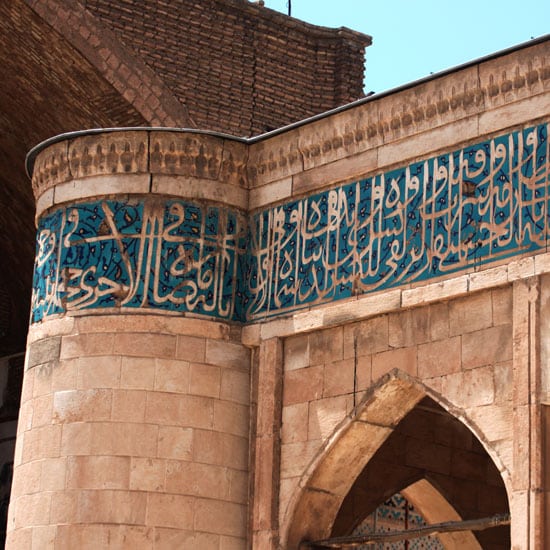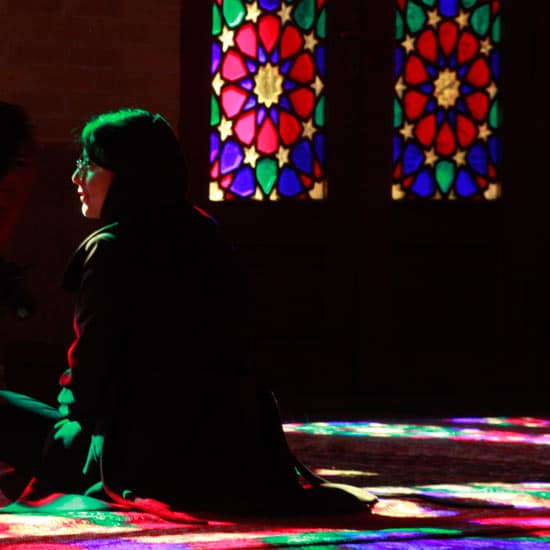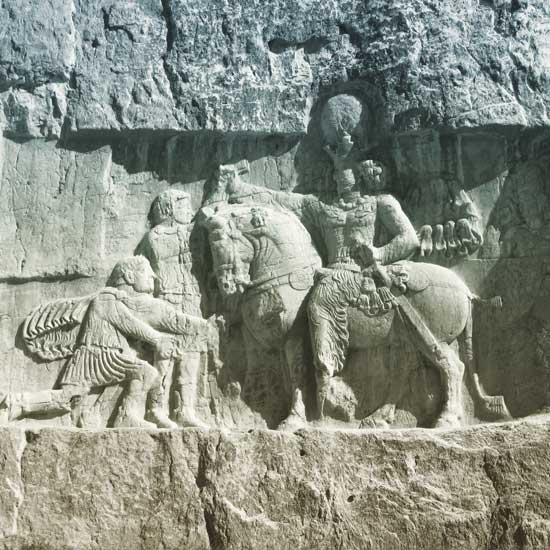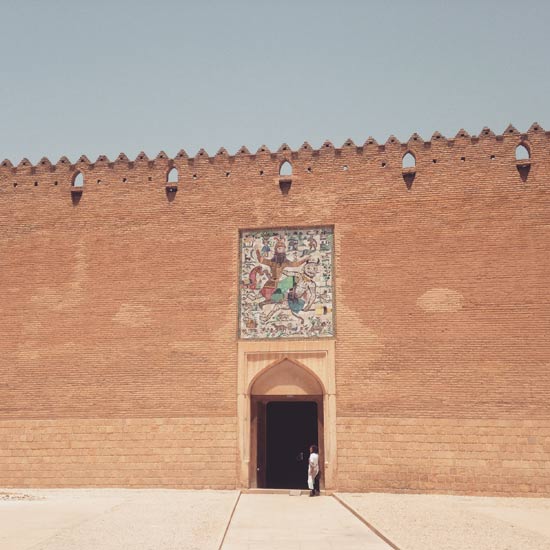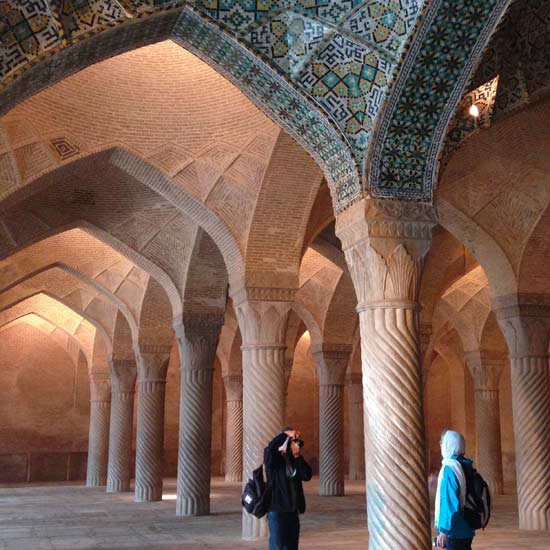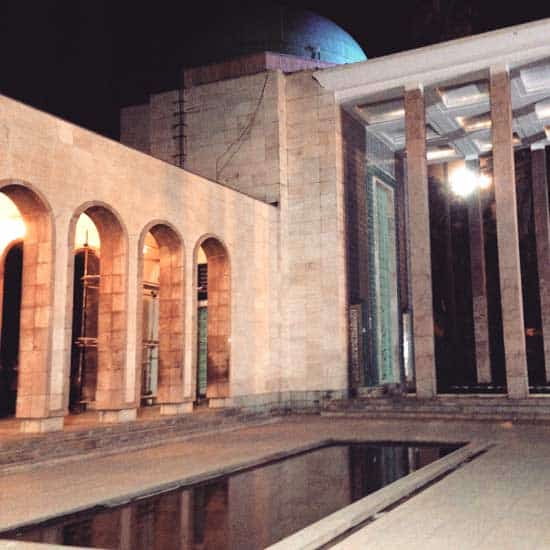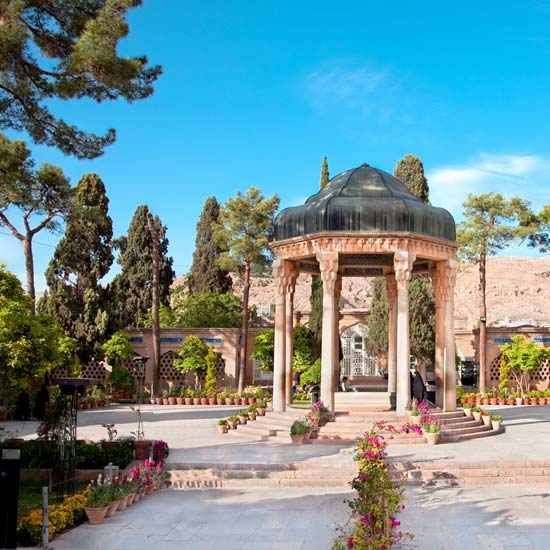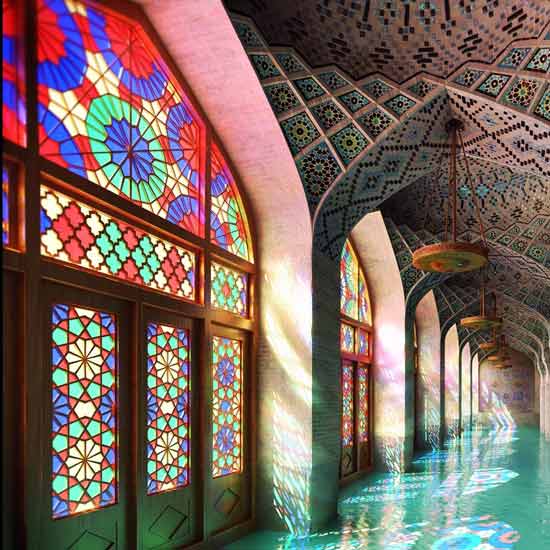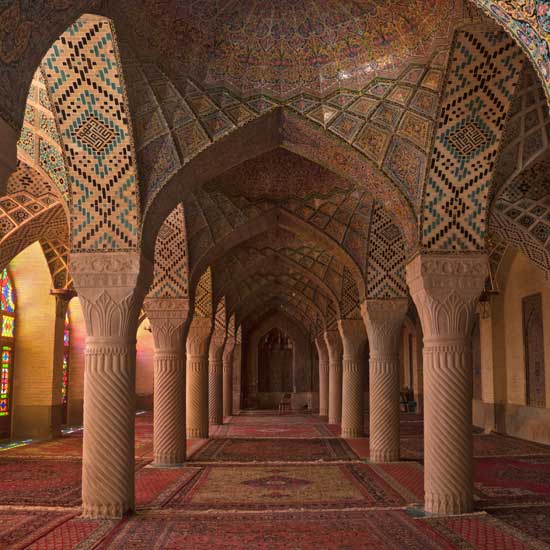Shiraz Travel and City Guide: History, Culture & Why Visit This Persian City
1. 🏙️ Shiraz Travel and City Guide: History, Culture & Why Visit This Persian City
Shiraz, the cultural heart of Iran, is a city that resonates with poetry, gardens, and the rich legacy of Persian civilization. Known as the “City of Roses and Nightingales,” Shiraz invites travelers to discover a unique blend of ancient heritage and modern vibrancy.
📜 History & Cultural Background
Shiraz dates back over 4,000 years and was once the capital of Persia during the Zand dynasty. The city is closely linked with the great Persian poets Hafez and Saadi, whose tombs remain pilgrimage sites for literature lovers. It has long been a center for art, wine, philosophy, and learning.
📊 Quick Facts & Statistics
- Population: Approx. 1.5 million
- Location: Fars Province, Southern Iran
- Climate: Mild winters, hot dry summers
- Language: Persian (Farsi)
- Currency: Iranian Rial (IRR)
🌟 Why Visit Shiraz?
From the mesmerizing Nasir al-Mulk Mosque (“Pink Mosque”) to the tranquil Eram Garden and the vast ruins of Persepolis, Shiraz is a paradise for lovers of culture, history, and architecture. Its laid-back vibe and friendly people make it a top choice for those exploring Iran.
2. 🏛️ Top Must-See Landmarks & Historic Sites in Shiraz
Must-See Landmarks
- Persepolis: Ancient ceremonial capital of the Achaemenid Empire (UNESCO World Heritage Site)
- Nasir al-Mulk Mosque: Known for its breathtaking stained-glass windows
- Vakil Complex: Includes the Vakil Bazaar, Bathhouse, and Mosque
- Eram Garden: A classical Persian garden with towering cypress trees
Museums & Galleries
- Pars Museum: Located in Nazar Garden; displays Zand-era relics
- Shiraz Museum of Arts: Exhibits contemporary and traditional Persian art
Historic Sites
- Qur’an Gate: Historic gate offering panoramic city views
- Arg of Karim Khan: Zand-era citadel in the heart of the old city
Religious & Spiritual Sites
- Shah Cheragh Shrine: A dazzling mosque and tomb complex
- Tombs of Hafez and Saadi: Visit the final resting places of Iran’s beloved poets
3. 🎉 Best Outdoor Activities, Festivals & Family Fun in Shiraz
Outdoor Activities
- Stroll through Eram and Delgosha Gardens
- Picnic at Chamran Boulevard or Qur’an Gate Park
- Hike the Derak Mountain trail with views of the city
Festivals & Events
- Hafez Commemoration Day (October): Cultural events and readings
- Nowruz (Persian New Year): Colorful public celebrations across parks and streets
Family-Friendly Activities
- Visit the Shiraz Zoo or Bird Garden
- Attend puppet shows and performances at City Theater
- Interactive exhibits at Children’s Science Park
Shopping Destinations
- Vakil Bazaar: Carpets, spices, textiles, and jewelry
- Saraye Moshir: Handicrafts and souvenirs in a historic caravanserai
4. 🏨 Where to Stay in Shiraz: Hotels, Guesthouses & Boutique Stays
Luxury Hotels
- Zandiyeh Hotel: Elegant design and top-tier amenities near Zand attractions
- Chamran Grand Hotel: Towering views and five-star comfort
Mid-Range & Boutique
- Niayesh Boutique Hotel: Traditional courtyard hotel in the old city
- Shiraz Hotel: Popular for modern rooms and excellent service
Budget Accommodations
- Taha Traditional Hotel: Cozy rooms in a restored historical building
- Parhami Traditional House: A budget-friendly guesthouse with authentic charm
5. 🍽️ Best Restaurants, Cafes & Local Food to Try in Shiraz
Local Cuisine to Try
- Kalam Polo Shirazi: Cabbage and rice dish unique to the region
- Ash-e Mast: Yogurt-based soup
- Faloodeh Shirazi: Frozen rice noodle dessert with rosewater and lime juice
Best Restaurants
- Sharzeh Traditional Restaurant: Local favorites in a classical setting
- Haft Khan Restaurant Complex: Multi-floor dining experience from traditional to international cuisine
Cafes & Bakeries
- Cafe Ferdowsi: Popular for its artistic vibe and Persian tea
- Bam-e Sabz Café: Rooftop views and local sweets
Street Food Spots
- Vendors near Vakil Bazaar selling samanu, lavashak, and fresh fruit juices
6. 🏷️ Best Souvenirs & Traditional Crafts to Buy in Shiraz
Traditional Crafts
- Khatamkari: Inlaid woodwork boxes and frames
- Miniature Paintings: Persian-themed art by local artists
- Handwoven Carpets: Unique designs from Shiraz and Fars Province
Rose & Herbal Products
- Rosewater and herbal distillates from Shiraz’s traditional apothecaries
Jewelry & Embroidery
- Silver jewelry and embellished scarves crafted by local artisans
Where to Shop
- Vakil Bazaar
- Jahangir Bazaar near Saadi’s tomb
- Artisan stalls in Saraye Moshir
7. 🎭 Authentic Cultural Experiences & Day Trips Around Shiraz
- Participate in a Persian poetry reading night
- Visit a traditional teahouse with live classical music
- Join a miniature painting or calligraphy workshop
- Explore the seasonal orange blossom festivals in spring
8. 🚖 How to Get to Shiraz & Getting Around: Air, Train, Bus & Taxi
Getting to Shiraz
- By Air: Shiraz International Airport (SYZ) has domestic and international flights
- By Train: Connections from Tehran, Isfahan, and Yazd
- By Bus: Long-distance buses operate to/from all major Iranian cities
Getting Around
- Metro: One operational line with plans for expansion
- Taxi: Readily available; Snapp (Iran’s Uber) widely used
- Walking: Great for exploring the old town and historical districts
9. ☀️ When to Visit Shiraz: Weather, Safety & Travel Tips
Best Times to Visit
- Spring (March–May): Orange blossoms and mild weather
- Autumn (September–November): Cooler temperatures, clear skies
Weather & Climate
- Summers can reach over 35°C (95°F)
- Winters are mild with occasional rain
Safety & Travel Tips
- Shiraz is considered safe for tourists; friendly and welcoming locals
- Dress modestly; bring sunscreen and a headscarf (for women)
- Currency: Exchange in Tehran or at Shiraz International Airport
10. 📏 Interactive Maps & Suggested Itineraries for Shiraz Travelers
Suggested 1-Day Itinerary
- Morning: Nasir al-Mulk Mosque & Narenjestan Garden
- Midday: Vakil Complex & Bazaar
- Evening: Tomb of Hafez & dinner at Haft Khan Restaurant
Suggested 2-Day Itinerary
- Day 1: Classic Shiraz tour
- Day 2: Persepolis, Naqsh-e Rostam, and Pasargadae day trip
Travel Time Between Major Sites
- Vakil Bazaar to Hafez Tomb: 10 min by car
- Shiraz to Persepolis: 1-hour drive
11. 🌿 Eco-Friendly & Responsible Tourism Tips for Shiraz Visitors
Eco-Friendly Travel in Shiraz
As a city steeped in natural beauty and cultural richness, Shiraz encourages sustainable and mindful tourism. Visitors can contribute to preserving the city’s charm by choosing eco-conscious options:
- 🌱 Support local businesses: Shop from Shirazi artisans, dine at locally owned cafes, and stay in heritage guesthouses to directly benefit the community.
- 🚶♀️ Walk or bike: Many of Shiraz’s historic sites are located close to each other, especially in the old city. Opt for walking or cycling when exploring gardens, mosques, and bazaars.
- 💧 Avoid single-use plastics: Carry a reusable water bottle and bag, especially when shopping at Vakil Bazaar or during day trips to Persepolis.
- 🏡 Choose sustainable stays: Look for accommodations with water-saving systems, solar panels, or green certifications. Traditional hotels like Niayesh or Forough House often emphasize low-impact hospitality.
- 🌿 Respect natural areas: When visiting nature spots like Dasht-e Arjan or Margoon Waterfall, stay on marked trails and avoid littering.
Responsible Cultural Tourism
- 📸 Be mindful of local customs: Always ask for permission before photographing people—especially at shrines, bazaars, or cultural events.
- 🕌 Dress modestly: Particularly in religious or conservative areas like Shah Cheragh Shrine.
- 🧕 Engage respectfully: Shirazis are known for their warmth and poetry-loving nature—try learning a few verses by Hafez or Saadi to spark conversation!
- 🎨 Buy authentic crafts: Support true artisans by avoiding mass-produced souvenirs and shopping directly at workshops or trusted vendors.
♿ Accessibility Information
While Shiraz is gradually improving infrastructure for travelers with mobility needs, it’s important to plan ahead:
- 🕌 Modern museums and gardens like Eram Garden and the Pars Museum have relatively good wheelchair access.
- 🛕 Historic buildings (e.g., Nasir al-Mulk Mosque, Vakil Bathhouse) may have uneven floors or steps—check accessibility before visiting.
- 🚖Travel Agencies and local guides can help tailor a more accessible route for your city tour. Some agencies like wegoiran.com now offer custom tours for travelers with disabilities—worth booking in advance.
If needed, ask hotels or guides to provide assistance or ramps, especially when visiting high-traffic religious sites or older structures.
12. 🚍 Related Tours & Excursions from Shiraz
🏛️ 1. Persepolis and Necropolis Day Tour
- Explore ancient ruins with expert guides
- Optional add-on: Pasargadae (Tomb of Cyrus the Great)
🌿 2. Qalat Village Eco & Photography Tour
- Village exploration, waterfall hike, handicrafts
🌊 3. Maharloo Pink Lake Tour
- Seasonal visit to the pink salt lake; ideal for photos
🌺 4. Dasht-e Arjan Biosphere Reserve Tour
- Birdwatching, springs, and mountain scenery
🚪 5. Firuzabad Historical & Nomad Culture Tour
- Visit Sassanid ruins and meet Qashqai nomads
📖 6. Multi-Day Southern Iran Cultural Tour
- Combine Shiraz with Yazd, Kerman, and Firuzabad
🚀 Book Your Shiraz Tour Now
- Online: Visit our [Tour Booking Page]
- Contact: [email protected] | +98 917 314 5627
- Group Discounts: Available for families and custom packages
Pro Tip: Book early for high-demand seasons (spring and autumn)
🔗 Related Content Suggestions
🇮🇷 Why Travel to Iran? 12 Reasons You’ll Fall in Love With Persian Culture
Discover Iran’s rich hospitality, UNESCO sites, vibrant cuisine, and timeless traditions that make it a compelling destination. Shiraz shines as a cultural epicenter worth exploring.
🌄 Shiraz to Yazd: A Scenic Desert Journey Through Southern Iran
Explore the stunning landscapes and historic sites along this iconic route, including Persepolis and the ancient cypress tree of Abarkuh.
🕌 Historic Cities of Iran: Comparing Shiraz, Isfahan & Yazd
Compare architecture, local culture, cuisine, and attractions to help plan the perfect multi-city Iranian adventure.
🧳 First-Time Travel to Iran: Visas, Dress Code & Essential Tips
Everything new visitors need to know about traveling in Iran, with specific advice for visiting Shiraz and respecting cultural norms.
🍷 The Lost Wine of Shiraz: Exploring Iran’s Ancient Viticulture
Dive into Shiraz’s historic connection to wine-making, exploring how this legacy lives on in Persian culture despite modern restrictions.
🌺 26 UNESCO World Heritage Sites You Can Visit in Iran
Highlight key sites including Persepolis and Eram Garden, linking visitors to Shiraz’s world-renowned cultural treasures.
✍️ In the Footsteps of Hafez and Saadi: A Literary Tour of Shiraz
A cultural journey visiting the tombs and haunts of Iran’s most beloved poets, ideal for literature and history enthusiasts.
🛒 What to Buy in Iran: Souvenirs from Shiraz, Isfahan & Tehran
A shopper’s guide to authentic Persian crafts, spices, textiles, and rosewater, with bargaining tips for the Vakil Bazaar.
📅 Best Time to Visit Iran: Seasons, Festivals & Travel Deals
Guide to Iran’s weather, peak seasons, and must-see cultural events including Shiraz’s vibrant spring festivals.
🚆 How to Travel Between Iran’s Cities: Trains, Buses & Domestic Flights
Detailed info on transport options connecting Shiraz with major cities like Isfahan and Tehran, making your itinerary seamless.
🥘 A Foodie’s Guide to Iran: Must-Try Dishes in Shiraz and Beyond
Discover Shirazi specialties alongside national dishes, perfect for culinary explorers seeking authentic flavors.
🧭 Top 7 Iran Travel Itineraries (7–21 Days) for Culture Lovers
Curated travel plans featuring Shiraz as a cultural gateway, blending historic sites, UNESCO treasures, and local experiences.


